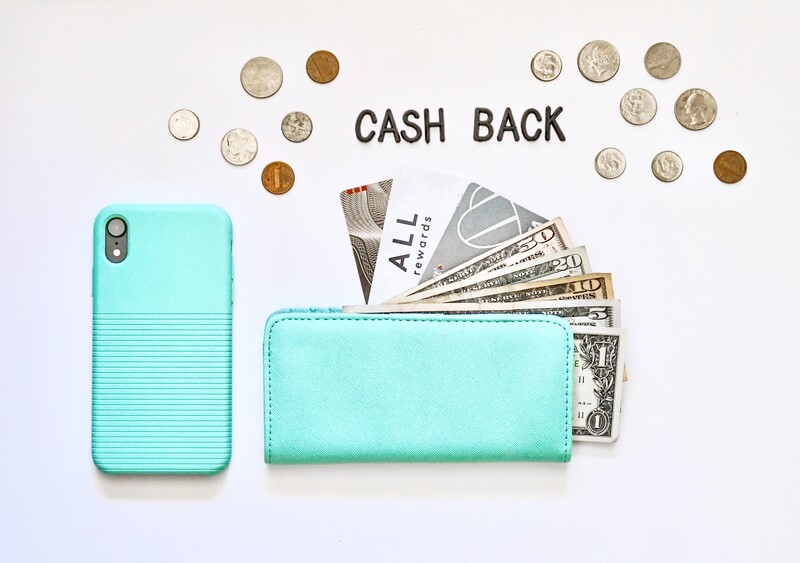Remember the good old days of straightforward loyalty programs? It was simple—get a dozen Subway stamps and redeem them for a free six-inch Cold Cut Trio. Those flimsy paper cards made tracking your progress (and purchases) much easier than today’s programs.
Driving the news: Canadians use loyalty rewards programs to help pay for their everyday expenses by collecting virtual currency like points or miles they can later redeem. But watered-down rewards and shifting partnerships have made the loyalty landscape a bit convoluted.
- Air Miles was bought out by the Bank of Montreal after it lost key partnerships with retailers who introduced their own in-house loyalty programs.
- Tim Hortons is launching its own credit card where customers can earn more points on their morning coffee.
- Canadian Tire announced a new points partnership with Petro Canada that has each company retaining their own points program but offering expanded benefits at Canadian Tire gas bars.
Why it’s happening: Loyalty rewards programs tend to take off when the economy is shaky for a few reasons.
- ”Earn-and-burn” systems where customers spend a dollar but earn a point they can spend later make people feel they’re saving (even while spending).
- And it’s cheaper for a company to keep an existing customer by offering them shiny perks like points than it is to attract a new one.
Why it matters: Companies don’t offer reward points out of the goodness of their heart—you’re the product they want! All that precious data around your spending habits is a money-maker for them.
Still, rewards programs can be a good way to save some cash—here’s how to make the most of them:
-
Calculate the cost per point. The formula is (Value of the redemption − surcharges) X 100 / points required = CPP. Or this website can help you with the math.
-
Use points strategically. Charge stuff on your cards relative to their rewards category to maximize earning.
-
Need to hit a minimum spend? To earn a fat welcome bonus, buy a bunch of gift cards you can spend when you want.
- Consider switching. Do you still need a gas rewards card if you switched to an EV? A cashback card may be more functional for you. As your life changes, your rewards should align with your new money goals.
